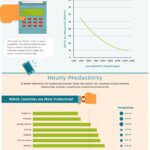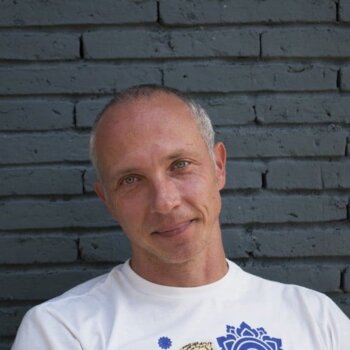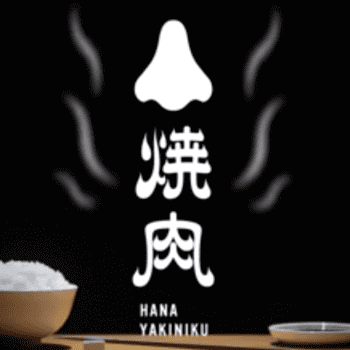SINGAPORE, Asia – While Singapore has attracted international attention as a growing global biomedical sciences (BMS) hub, important questions remain about the sustainability of its fledgeling biotech community, and how the multidisciplinary activity of scientists in different institutions can be bridged to bring innovative ideas to fruition. Singapore, a small island-nation of five million inhabitants, has made several efforts over the past decade in this direction. At the turn of the century in 2000, the Singapore government pledged to spend S$6 billion over 5 years to kickstart a BMS initiative that included building of key infrastructure such as the Biopolis science park, establishment of new research centres, and attracting large pharmaceutical multi-national corporations (MNCs) to set up their Asian headquarters here.
Having identified the BMS sector as an integral part of a knowledge-based economy crucial to Singapore’s competitiveness in the 21st century, government spending on R&D has now increased to S$16.1 billion for phase 3 of the BMS initiative from 2011 to 2015, with the aim of “capturing opportunities for greater economic and health impact”.
After a decade of investment in the biomedical sciences sector, employment in public and private organisations has doubled to over 5,000 in 2010, which together spend more than S$1.3 billion annually on biomedical R&D. More than 30 of the world’s leading biomedical sciences companies, for example GlaxoSmithKline, Novartis, and Sanofi-Aventis, have set up base in Singapore, growing the nation’s biopharmaceutical industry by more than 30% in 2011. Many of these major biotech companies have invested heavily in Singapore, such as Abbott’s S$450 million investment to establish a nutritional manufacturing plant locally. Singapore’s biomedical manufacturing output has quadrupled from S$6 billion to $23.3 billion in the last 10 years and is now 5% of the nation’s GDP.
Sustainability
Singapore’s strategy of attracting and leveraging foreign direct investment from global MNCs has previously worked for industries such as petrochemicals, electronics and ICT. However, the biotechnology industry is a different beast, by nature being reliant upon scientific research, which is high-risk and unpredictable.
The typical development pattern of successful and thriving biotech ecosystems elsewhere in the world has involved the organic growth of start-up clusters spun out from leading research universities, which gradually attracted venture capital funding. This ground-up model of innovation stands in stark contrast to Singapore’s government-led approach of pouring money into catalyzing start-up activity. The Technology Incubation Scheme (TIS) by the National Research Foundation (NRF) is an example of a government-funded programme to encourage start-up activity. So just how well is Singapore’s young biotech industry doing and how sustainable is it?
Shortly after the global financial crisis in 2008, public sector research funding was cut by 30% and requirements were put in place that funding be channelled towards research that could be commercialized, in order to realize returns on government investment. Several international scientists, who had been attracted to Singapore by its relatively generous research funding in the early years, upped and left in apparent reaction to the change in funding priorities.
This leads us to several other key questions: Is our nascent biotech industry vulnerable to changes in government policies? Can we transition away from government support and continue to flourish?
Bridging communities to ignite the entrepreneurial spirit
Turning our attention to the start-up scene within the wider biotech community, another key issue emerges. An essential component of a thriving biotech ecosystem is communication between academic scientists, industry professionals, and business minds. An inspection of the main public research hubs in Singapore, such as A*STAR (the government-funded Agency for Science, Technology and Research), NUS (National University of Singapore), NTU (Nanyang Technological University), amongst others, reveals healthy levels of interest from young scientists in biotech entrepreneurship.
Most entities have at least one student- or postdoc-led entrepreneurship society that organizes educational workshops covering all the key aspects of starting up a company, from writing a business plan to understanding patent laws and attracting funding. The commercialization arms of these key players appear to be chock full of intellectual property (IP) ready for use, either to be licensed by established companies or by enthusiastic scientists keen to strike out on their own and spin out a startup. Why then does it seem as though biotech start-up activity in Singapore is not as dynamic as it could be?
Anecdotal evidence indicates that a large proportion of the IP remains unused and scientists prefer to remain in the ivory tower of academia with its security net, instead of venturing out into a world of unknowns inherent in starting up a company. If this is indeed the case, more incentives are needed to encourage academics to take the leap. One possibility could be to give inventors full ownership of their IP, a motivation to bring their innovation to market.
Importantly, scientific innovation alone is not sufficient to spin out successful biotech startups. Young and bright scientists need to meet their counterparts in the business world, who are trained in finance, accounting and marketing, in order to spark motivation for entrepreneurial activity and to make things happen. Academics need to meet industry partners to better understand the latter’s needs so as to research solutions to their problems. Despite the country’s small size, Singapore’s various biotech-related entities can feel surprisingly uncommunicative.
With an overview of the state of play in Singapore’s biotech ecosystem, we are launching OBR-Singapore to bring together the different threads of activity. Starting with OBR-Singapore’s launch event, a panel discussion about the Future of Biotech in Singapore: Towards a Self-Sustaining System, we wish to give everyone a chance to participate in an exciting conversation about how we can determine the future of our industry.
Moreover, we seek to bridge the many players in Singapore’s fledgeling biotech scene, from scientists to young business minds at Singapore Management University (SMU) and INSEAD, as well as experienced industry professionals through organisations such as BioSingapore and ETPL. We will be organising workshops and events centred on how we can use the vast amounts of IP in Singapore to address pressing biomedical issues. By bridging the different communities within our ecosystem, OBR-Singapore aims to boost interest in biotech entrepreneurship and to put in place cross-institutional opportunities to move ideas forward.
by David Tan,David is a postdoctoral fellow at the A*STAR Institute of Medical Biology studying adult stem cells of the mammary gland and the skin in the everyday maintenance of tissue and their possible role in cancer. He obtained a BSc in Biochemistry at Imperial College London before completing a PhD in Genetics at the University of Cambridge. He has previously written for Oxbridge Biotech.




























